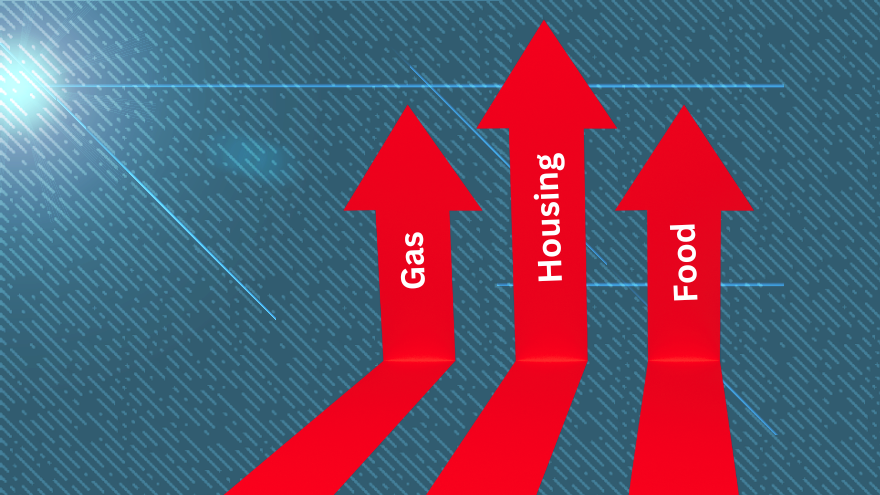According to a new study from the Pennsylvania Federal Reserve, credit card performance across the U.S. has “worsened to historical levels.” For the final quarter of 2023, banks and lending institutions reported the highest numbers on record for consumers with 30-, 60-, and 90-day late payments on their credit card accounts. Only about a third of U.S. consumers pay their balance in full each month. As credit performance worsened, financial institutions decreased credit limits for new accounts for a second consecutive quarter. As Bloomberg noted, “Almost 3.5% of card balances were at least 30 days past due as of the end of December, the Philadelphia Fed said. That’s the highest figure in the data series going back to 2012, and up by about 30 basis points from the previous quarter.” “Stress among cardholders was further underscored in payment behavior,” the report states, citing data showing the number of people making just the minimum payment on their account rose 34 basis points. Nominal credit card balances rose during Q4 as well, setting a new series high. Total credit card balances at the end of last year topped $911 billion. Balances had been on an upward trajectory since 2014, peaking during the fourth quarter of 2019 at just over $760 billion before the COVID-19 pandemic and lawmakers passing legislation to provide stimulus checks to much of the country. Since the first quarter of 2021, card balances have seen a steep decline, as is reflected in the Fed report. In addition to credit cards, as the Fed detailed, mortgage originations slowed, declining to a new low during Q4 last year. “Year-end data highlighted shifts in large bank underwriting practices, largely related to rising housing costs,” the report explains. Median front-end debt-to-income ratios climbed to a record high, sitting 500 basis points above the fourth quarter of 2021. Median mortgage loan size and loan-to-value increased 9.3 percent and 900 basis points, respectively, during the fourth quarter, which the Fed says underscores “continued affordability issues as housing costs consume a larger share of borrowers’ budgets.”New troubling economic data shows that not only are Americans relying more on credit cards to try to make ends meet, but a record number of people are defaulting on their payments as well.
economy /
Credit Card Delinquencies Reach Historic Highs, Fed Report Shows
'Almost 3.5% of card balances were at least 30 days past due as of the end of December'

*For corrections please email [email protected]*
